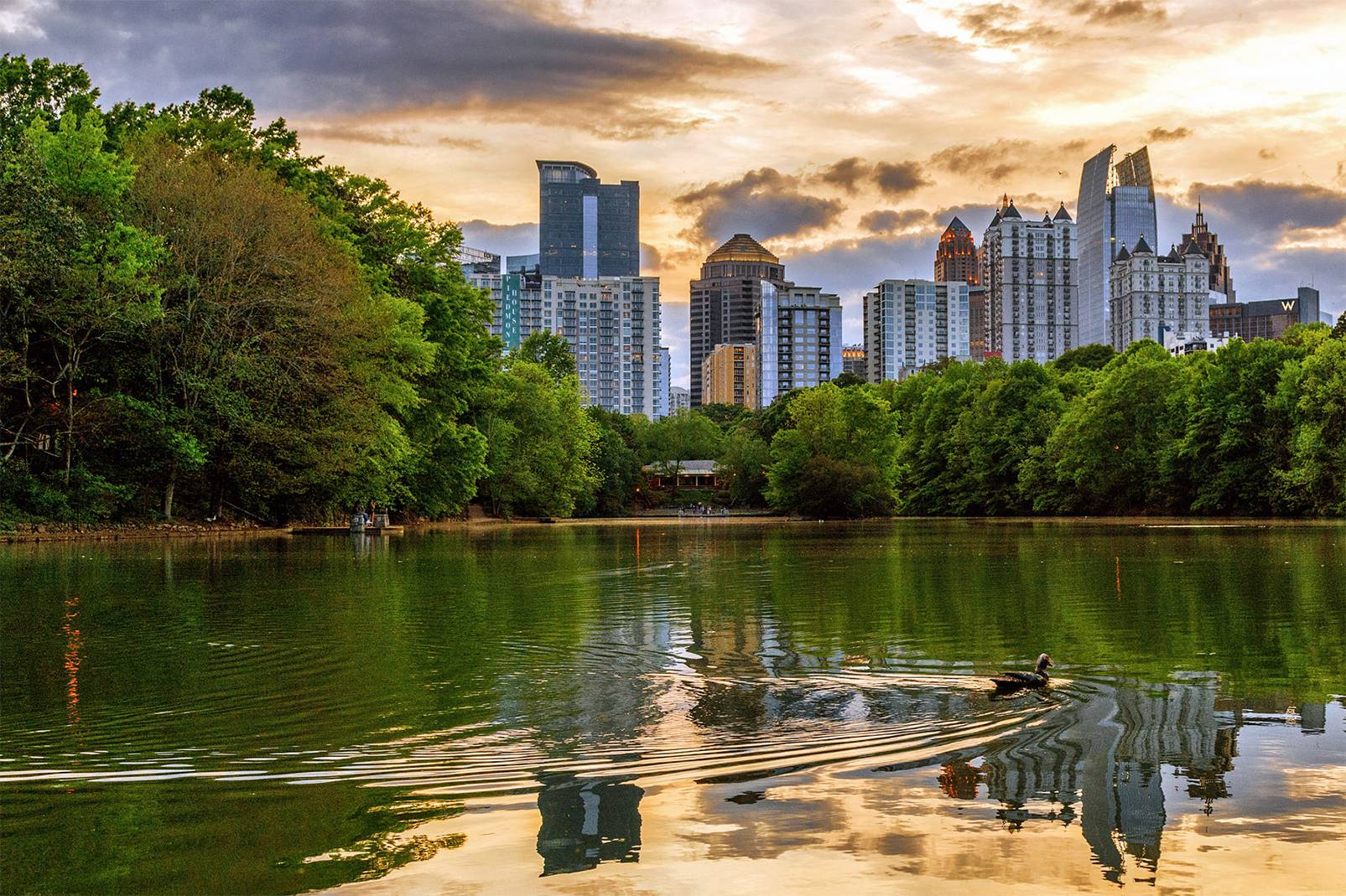
A well-maintained pond can last from a few years to several decades. An aging pond can lead to health risks, unpleasant odors, lower property value, and cost you a lot of money down the road. If you own a pond, it’s important to know when the pond is coming to the end of its functional lifespan so you can take timely action.
Aquatic Restoration is a top-rated company that offers reliable lake and pond services. Today, we outline the common signs of an aging pond. This article will help you determine when to take action to restore your pond’s health and beauty. As reliable pond management specialists, we have what it takes to keep your pond or lake in optimal condition.
If your once-clear pond water has turned dark, cloudy, or discolored, it’s a possible sign of an imbalance in the ecosystem. As ponds age, organic debris such as leaves, fish waste, and dead algae build up at the bottom, creating sludge. This decomposing material can make the water murky and can also release harmful gases that upset water quality. Poor water clarity isn't just unsightly—it’s a warning sign that your pond's health is declining. Reach out to a company providing lake dredging services to provide you with a solution.
Excessive algae blooms are a red flag for pond owners. While algae is a normal part of any aquatic system, overgrowth—especially blue-green algae—can be harmful to fish, plants, and even humans. An aging pond tends to collect more nutrients like nitrogen and phosphorus, which feed the algae. If your pond turns green quickly in warm months or you see surface scum regularly, it may be time for restoration or improved filtration. Call a local pond management company in Georgia for help.
A foul or sulfur-like smell coming from your pond is typically the result of decaying organic matter and stagnant water. As a pond ages and circulation systems fail or underperform, oxygen levels drop, particularly near the bottom. This lack of oxygen slows the decomposition process and promotes the growth of anaerobic bacteria, which are responsible for the unpleasant smell. If your pond smells more like a swamp than a freshwater feature, it’s a sign it needs attention.

The banks or edges of your pond can erode over time due to water movement, rain, and foot traffic. Erosion not only changes the shape of the pond but also adds sediment to the water, contributing to cloudiness and reduced depth. As the shoreline weakens, it can also pose a safety hazard, especially in properties with children or pets. Rebuilding or stabilizing the shoreline is often necessary to keep the pond healthy and visually appealing.
As pond systems age, so do their components. Pumps, filters, aerators, and liners can wear out or become inefficient. A pump that once kept water circulating smoothly may now struggle, and an old liner may begin to leak. If you find yourself repairing equipment frequently or noticing rising maintenance costs, it could mean your pond is aging and needs a more comprehensive update.
If your pond is aging and you’re looking for an expert to restore it to good working condition, look no further than Aquatic Restoration. Our skilled and experienced technicians employ tried-and-tested techniques to restore ponds of all sizes and types, whether it’s a residential decorative pond or a large agricultural body of water. This is a job we’ve tackled for over 35 years and have received five-star reviews for getting the job done right. Apart from pond restoration, we offer a wide range of services, including shoreline stabilization, spillway renovation, lake dredging, siphon installation, retention pond maintenance, and many more.
Lakes are vital ecosystems that support wildlife, protect water quality, and enhance the quality of life for surrounding communities. Whether…
If you’re reading this, there’s a good chance you’re sick and tired of dealing with aquatic weeds that never…
Lake management is an integral part of keeping lakes healthy, functional, and beautiful for generations to come. Not only…
When people think of lake management, they often picture large-scale restoration projects involving acres of water and heavy…
Is your once beautiful and sparkling lake looking murky? Does excessive algae or scum on the surface turn it into…